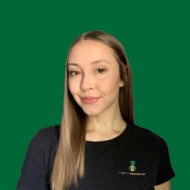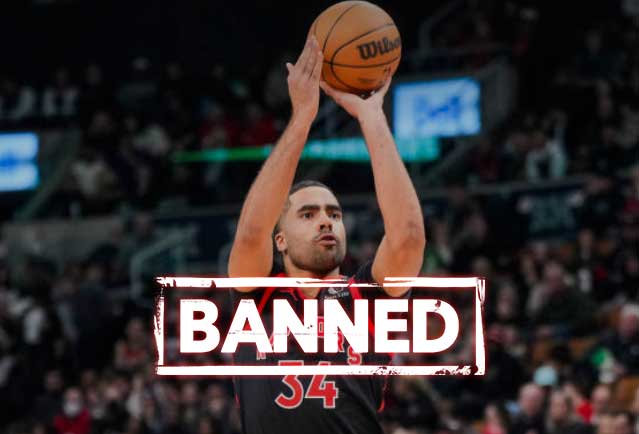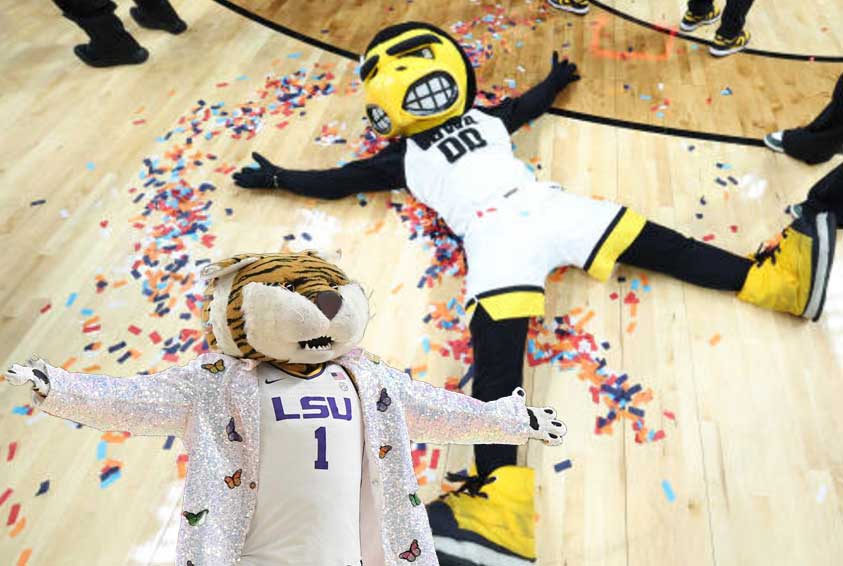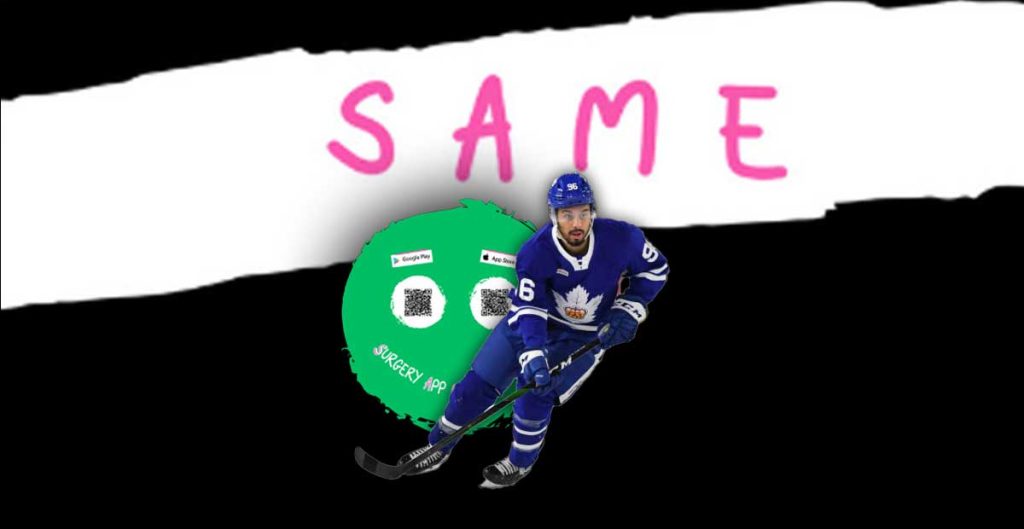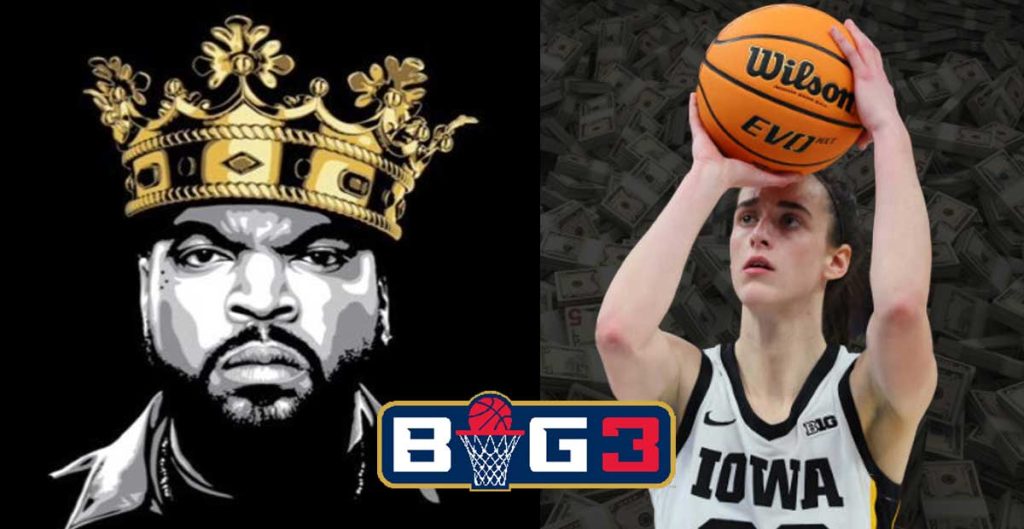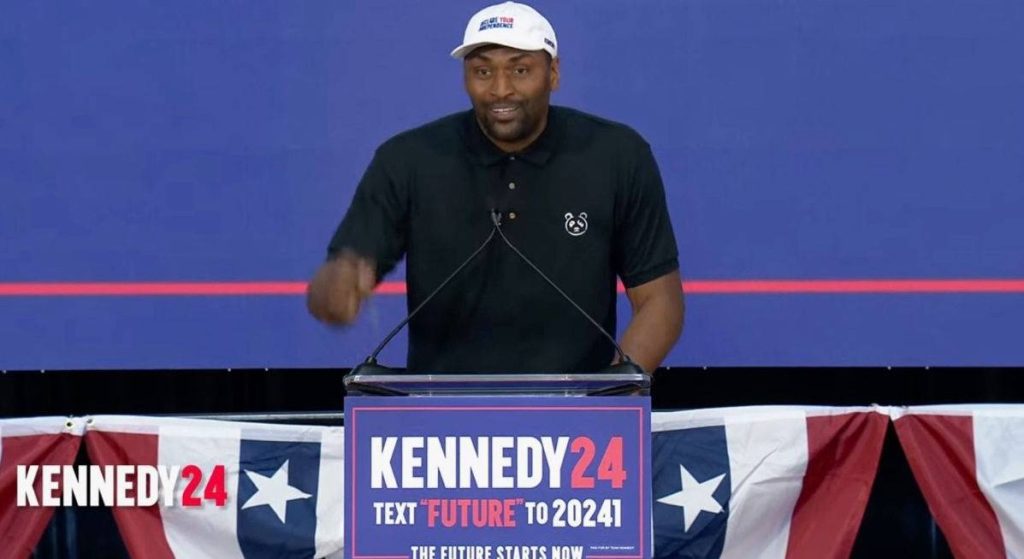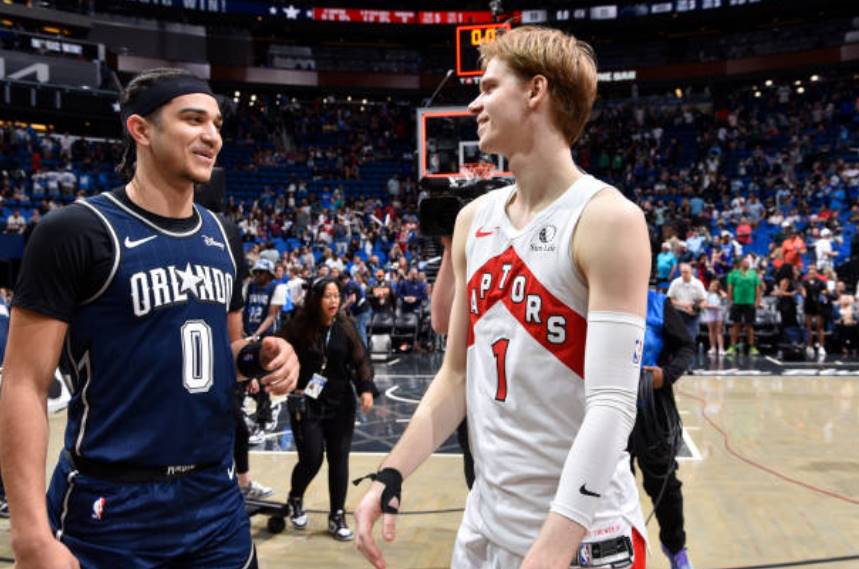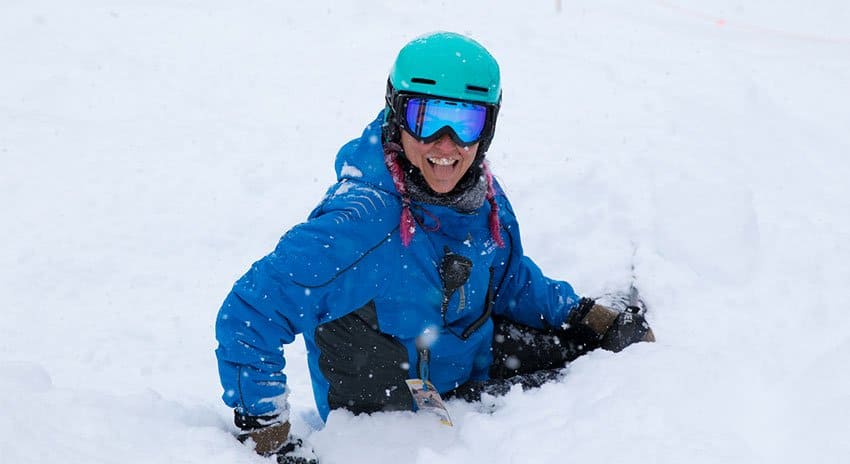
BC Adaptive Snowsports Athletics & Communications Manager, Fannie Smith, Embraces Systemic Change
Fannie Smith | Athletics and Communications Manager | BC Adaptive Snowsports

Working toward building a system that reflects those we vow to serve (the athletes) starts with listening and engaging those individuals with disabilities, who are BIPOC, LGTBQ+, and women and others from marginalized groups.
Fannie Smith
Athletics and Communications Manager
BC Adaptive Snowsports
Tell us about your role as the Athletics and Communications Manager of the BC Adaptive Snowsports.
I’ve been working at BC Adaptive Snowsports (BCAS) now for nine years. My role and the sport of para-alpine has changed quite a bit since then. Here is how the role has broken down over the last few years.
Pathway Management & Support
Para-alpine pathway management and support at the Provincial level, which involves providing guidance and support to athletes looking to advance into competitive para-alpine racing. Giving the individual needs of every athlete, we create custom programming and use existing structures available with BC Alpine when possible and acting as a bridge between the athlete (their parents), the club, and Alpine Canada as needed/required.
Events
Event planning and delivery, in which I am the lead for two of BCAS’s events: The All Mountain Camps (AMC) & SheCan. The AMC’s are an intermediate and camp-style event for skiers and snowboarders looking to develop their confidence and skills in both race gate settings and free skiing/riding. Adaptive snow sports and the AMC support a wide range of individuals of all ages, including those with cognitive, intellectual, and learning disabilities, congenital, and acquired physical disabilities.
SheCan is a new event I created and launched two years ago, which is designed for female and female-identifying skiers and snowboarders. This event is for CADS Instructors (those who deliver adaptive Snowsports lessons), and the program leads to increase skills and confidence on and off the snow.
Communications
Communications has also evolved quite a bit. This part of my role is always changing and has included working on a new website and getting ready to launch a new logo design. I manage our social media channels (which are mostly active during the winter months) and field any communication-related questions.
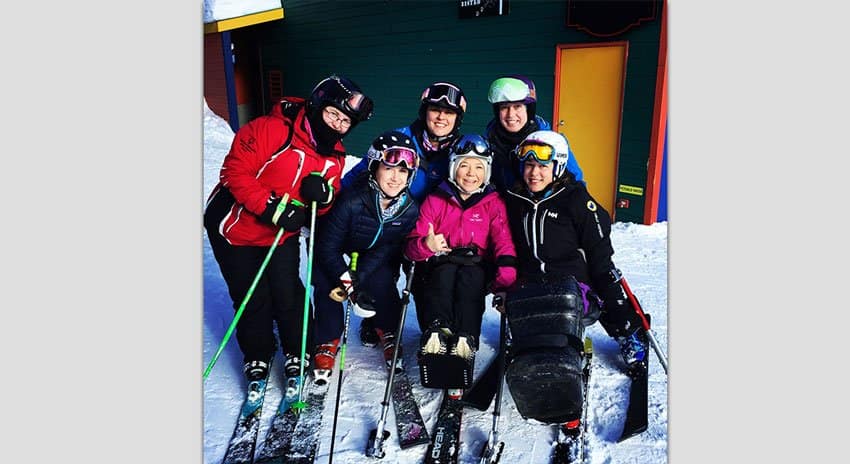
What does a typical day look like for you?
My days have been nothing typical lately, as for most people during COVID-19, although my summers are always a lot quieter. My day-to-day during the winter varies based on what stage of event planning and delivery I am at, but here’s an example of one of my days on location in Sun Peaks Resort near Kamloops, BC, delivering an All Mountain Camp.
The camps usually begin on Thursday or Friday. My colleagues and I travel from Vancouver to Sun Peaks Resort on Wednesday to check-in, set up our registration table, and have a coaches meeting before starting bright and early the next day.
6:45 am: Wake up and walk straight to the coffee machine. Look outside for new snow and check weather forecast.
7-7:30 am: Check emails and phone. Review participant list and coach assignments/plans. This is also when I have breakfast, which is super important since we spend all morning on the hill. I also always pack some sort of portable energy bar or snack to bring with me.
8:00 am: Start getting ski gear on, pack my backpack and all my pockets and head to the hill.
8:30 am: We start bright and early at a meeting spot at the bottom of the hill. Part of my job is making sure everyone is there and remembering who everyone is once they have facemasks, helmets, and snow gear! A coach or participant will lead a warm-up, and we will confirm everyone’s groups.
9 am-12 pm: Mornings usually consist of gate training. Groups will be divided with coaches and will head up the hills for warm-up runs and to meet our head coaches at the training spot. My role on snow could be to trail a group that might need more support in keeping together, helping keep the training environment safe by clearing the athletes on the course, and cycling through the chair lift with them if they need it.
Typically, in the morning, I will stand at the top of the training course with radio and control the flow of athletes through the course. After a few years of doing this, I invested in a deluxe pair of heated boots because not moving for 3 hours made my toes go numb!
12-1:30 pm: Depending on everyone’s stamina and the weather, we will go until 11 or 12 and stop for lunch for about 60-90 minutes. Lunch is when we discuss the progress participants have made, and what if any adjustments are needed.
1:30 pm: We return to the meeting spot and get ready for an afternoon of all-mountain fun. Our philosophy for skill development is that gate training environments make you a stronger freeskier/rider, and free riding and skiing will help your ability in gates, so we combine both. You can be a young athlete starting your pathway toward the Canadian Para-alpine National Team, a Special Olympics athlete, a snowboarder looking to get some intermediate skill development, a recreational racer, and a skier/snowboarder for life. That’s what makes these camps for great and inclusive. Our age range is 8-60, and everyone gets a little something different out of it!
3-4 pm: Groups will end anytime around here, and then we return to the room, change, have a snack, and regroup.
5-9 pm: Après activities depending on the day. I will have booked meeting rooms at the hotel with snacks and refreshments and schedule these in for everyone before their arrival.
On the first afternoon, before dinner, we will gather everyone and talk about our day. We will go around the room and ask everyone to give one word describing their day and what they hope to get out of the weekend. Other afternoons will include video reviews, and on Saturday, we usually have a group dinner and games.
After our off-snow sessions are complete, we return to the room, have dinner, maybe enjoy the hot tub, make adjustments to the next day’s plan, and usually crash pretty early. After a full day of being “on,” I crave some downtime.
Operating high paced events takes a lot out of you physically and mentally, and it’s essential to take care of yourself and know what you need to continue for the next few days or, in the case of when I have supported Team Canada at Paralympic Games, up to 4 or 5 weeks.
Then we do it all over again on Friday, Saturday, and Sunday.
We work for months leading up to being on-site, so more often than not, my days include negotiating contracts with hotels, booking spaces to train and gather, promoting the event, and managing registrations. I also make sure we have the appropriate support for participants and will engage coaches, connect with alumni to come to be special guests, and pursue grants and financial support to make it all possible.
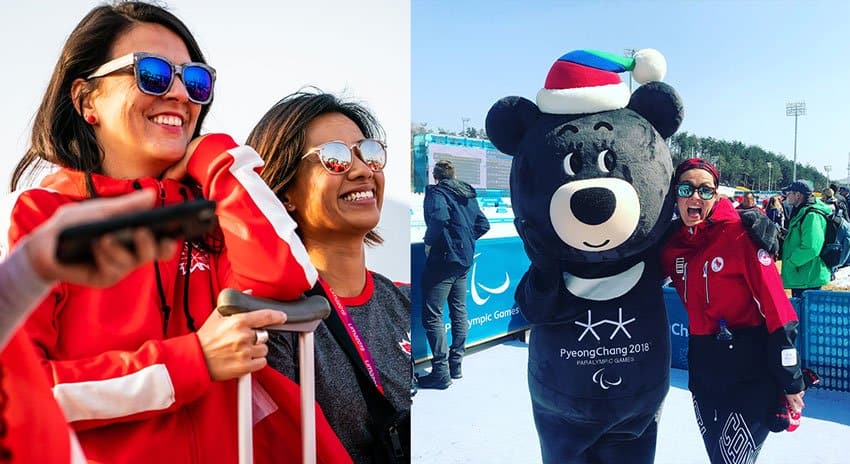
We admire that you are very passionate about diversity and inclusion in sports. How does your current role support your desire to make sports a supportive, inclusive, and safe environment?
I think the beauty of adaptive snow sports is that it’s a recreational activity that allows everyone to do it together.
Families will talk about the joy of being able to ski together after their child receives lessons from one of our clubs. And as I mentioned above, we bring a variety of experiences and individuals together in one place at our camps.
From a personal perspective, being involved in this sport has allowed me to get out on the mountain with friends who sit-ski and three-track (skiing on one leg). As one of those friends said once, adaptive snow sports is probably one of the only activities, aside from maybe wheelchair basketball, where it puts everyone on the same playing field.
I’m also involved with wheelchair basketball in many different ways, most recently starting to play myself, and I definitely agree! An equal playing field, maybe, but I am not in the same league at all!
To me, making sport supportive, inclusive, and safe is about creating a space where one feels like they belong. I’m a big fan of feedback and listening to the people I serve and their needs in helping us create safe and inclusive spaces for people with disabilities to experience the benefits of sport.
I’ll quote the mother of one of our youngest participants, a boy on the autism spectrum, after attending the AMC for a couple of years to illustrate what I mean: “You are all so accepting and sweet with my son. He was able to just be himself and learn so much. It was extremely heartwarming and special to see him feeling included and connected as well as being able to go for four-days with his anxiety under control.”
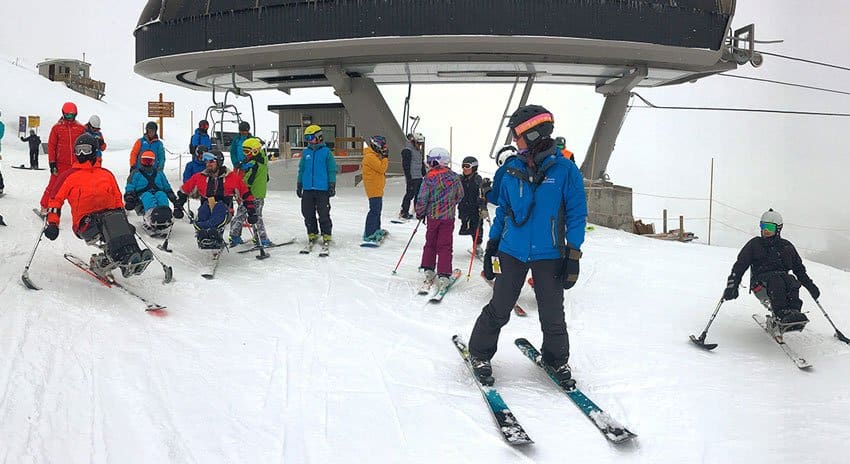
Sport often mirrors society and vice versa. Which social issues plaguing society at the moment are the most important to address, and how can individuals go about supporting this change?
Sport is certainly not immune to social issues.
The raised attention to racism over the last few months is pushing sports teams, organizations, athletes, coaches, and others in our community to look at our role in racism. It’s also igniting discussions around sexism, homophobia, and transphobia in the sport system as well. It’s always been there; we must now take action in addressing discrimination, injustices, and inequality like never before.
One of my favourite quotes is from Nelson Mandela:
“Sport has the power to change the world; it has the power to inspire. It has the power to unite people in a way that little else does. It speaks to youth in a language they understand. Sport can create hope where once there was only despair. It is more powerful than government in breaking down racial barriers.”
I have witnessed this power Mandela speaks of at Paralympic Games, where athletes shine for their athletic abilities, where nations interact and bond over sport while competing for their country as one. These moments, as well as Mandela’s words, fuel my passion for this work and make me optimistic that sport can lead the way in creating positive change around social issues in our society.
I think it’s crucial in this heightened time of collective awareness on social injustices to meet people where they are at.
Systematic change takes time, and everyone is learning and changing at a different pace. There are so many resources available to us as individuals to support one’s journey and I continue on this journey every day. A commitment to change and daily actions will be vital as we all move forward in creating a more equitable and equal society and sport system for everyone.
The sports community is vibrant with individuals with so many varied experiences and so much to share. Working towards building a system that reflects those we vow to serve (the athletes) starts with listening and engaging those individuals with disabilities, who are BIPOC, LGTBQ+, and women and others from marginalized groups.
Diversity in representation and voices at all levels of our industry from the boardroom to the field of play will only make it stronger and lead us to a place where everyone feels that they belong and their voices matter.
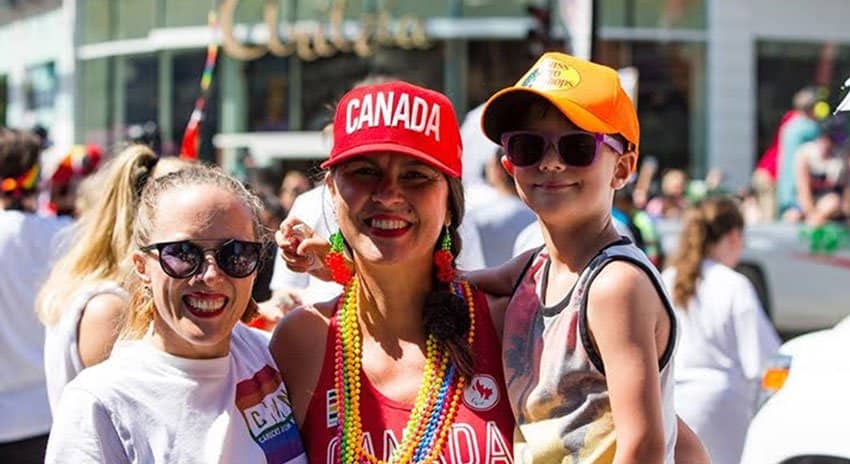
[get_current_post_author_pic_and_name]
Fannie Smith is a big fan of conversations that can open other people’s eyes to many inequalities athletes of all levels may face. With her experience, you may gain inspiration on how you can help to eliminate barriers to play and address social issues that plague society and sports. Her hands-on role with BC Adaptive Snowsports allows her to bring families together and make snowsports supportive, inclusive and safe. Diversity and inclusivity are extremely important in the sports industry so I applaud both Fannie and BC Adaptive Snowsports for making such strides and inspiring us all!
The Latest

